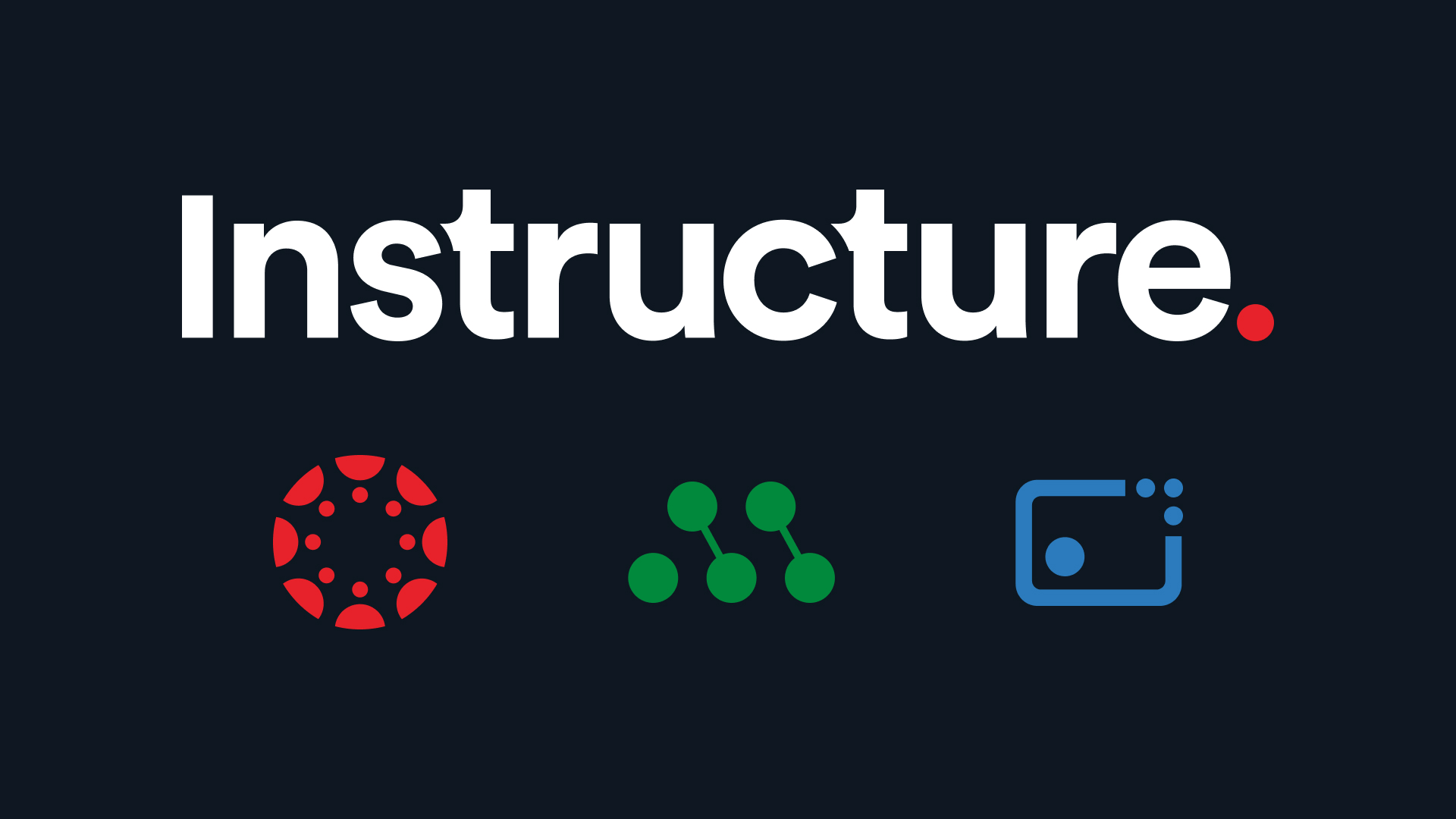Educators in both K-12 and higher education settings understand the importance of engaging students in the learning process. With this in mind, instructional design plays a pivotal role in creating effective, engaging, and adaptable learning experiences that benefit both educators and learners. It ensures that educational content is well-structured, efficient, and aligned with learning objectives, ultimately leading to improved learning outcomes and a more fulfilling educational experience for all.
Instructional design is a systematic approach to crafting educational materials, courses, and experiences. This research-based approach aims to optimize learning and student success. Both educators and instructional designers are the champions of this approach as they consistently design learning experiences.
These learning experiences are designed with the help of powerful digital tools, such as an LMS. A learning management system often facilitates instructional design and its process. In this article, we will examine instructional design and how an LMS supports it.

The History and Evolution of Instructional Design
Instructional design roots can be traced back to WWII. The US military trained their recruitment according to a set of systematic approaches and models. These models included learning objectives, organized content, and assessments. The training's success inspired 20th-century educational psychologists to study instructional practices–searching for the best learning strategies. Now, modernized instructional design approaches are used to drive achievement in academic learning environments.
This approach is one of many things that evolved. Instructional technology, including learning management systems, has also transformed throughout the years. An LMS now comes with modern digital features that enhance teaching and learning. And learning is even more accessible with the emergence of the cloud-based LMS. Learn more about cloud-based LMS and how it impacts learning. With the advancements in management systems, instructional design has primarily become a digital practice.
What is Instructional Design in the Context of an LMS?
Modern content structuring and delivery are primarily implemented through an LMS. Educators and instructional designers use the platform to develop courses, design modules, and maintain the learning environment. The features an LMS provides make course creation and customization easier to achieve. Learn more about LMS features that can support instructional design.
Overall, an LMS can improve the quality of instructional material. Let’s check out some of the specific benefits of using an LMS for instructional design.
Improved Learner Engagement: An LMS has digital tools and features to enhance learning, increasing student interest and interactivity.
Scalability and Flexibility: As pedagogy evolves, an LMS supports instruction, adapting and growing through change.
Personalization: With instructional materials prepared and tailored to meet student needs, learners benefit from customized courses that put them first. Learn more about student-centric learning.
Data-driven decisions: Educators can make informed academic decisions using data analytics. They can also use the LMS to track progress and the effectiveness of their course design.
The Pillars of Effective Instructional Design in an LMS
Instructional design sets the foundation for fostering meaningful learning experiences. To ensure students benefit from their learning materials, educators and instructional designers are encouraged to consider the five major pillars of instructional design.
- Learning Objectives: Establish learning objectives to set expectations for the course and the learning environment. These clear, measurable goals help students align to the desired learning outcomes.
- Content Sequencing: Educators can organize content, allowing students to progress in their learning naturally. With an LMS, course outlines are designed with ease of use in mind, simplifying navigation for students.
- Engagement and Interactivity: With multimedia tools, third-party app integrations, and other interactive features, an LMS can support engaging learning opportunities.
- Assessment and Feedback: Students benefit from tailored and engaging assessments. Both students and educators can track progress with LMS grading tools.
- Collaborative Learning: Collaboration and communication tools drive community within the academic environment. An LMS can help facilitate group projects, discussion posts, etc

The Role of Canvas LMS in Instructional Design
With Canvas being the leading LMS, it is the preferred and dependable choice for digital education. Educators and instructional designers trust Canvas LMS to design effective courses and learning experiences.
One thing that sets Canvas LMS apart from other management systems is its user-friendly interface. Educators can design and deliver courses with ease – using the platform's intuitive tools. Students will then benefit from easy-to-navigate courses and modules.
Additional support can be found in the almost two million-members-strong Instructure Community. Here, educators collaborate with one another, exchanging tips & tricks to support each other's learning environments. Educators can also chat with instructional designers in the community; for more information, check out the instructional design blog.
Design and Deliver with Canvas
Want to design and deliver enriching learning experiences with Canvas? Check out our LMS Buyer’s Guide for more information.
Related Content
 inst-3step.jpg
inst-3step.jpgBlogs

Blogs
 digging_deep_into_2025s_learning_trends_the_state_of_higher_education_in_anz_-_thumbnail_1.png
digging_deep_into_2025s_learning_trends_the_state_of_higher_education_in_anz_-_thumbnail_1.pngBlogs

